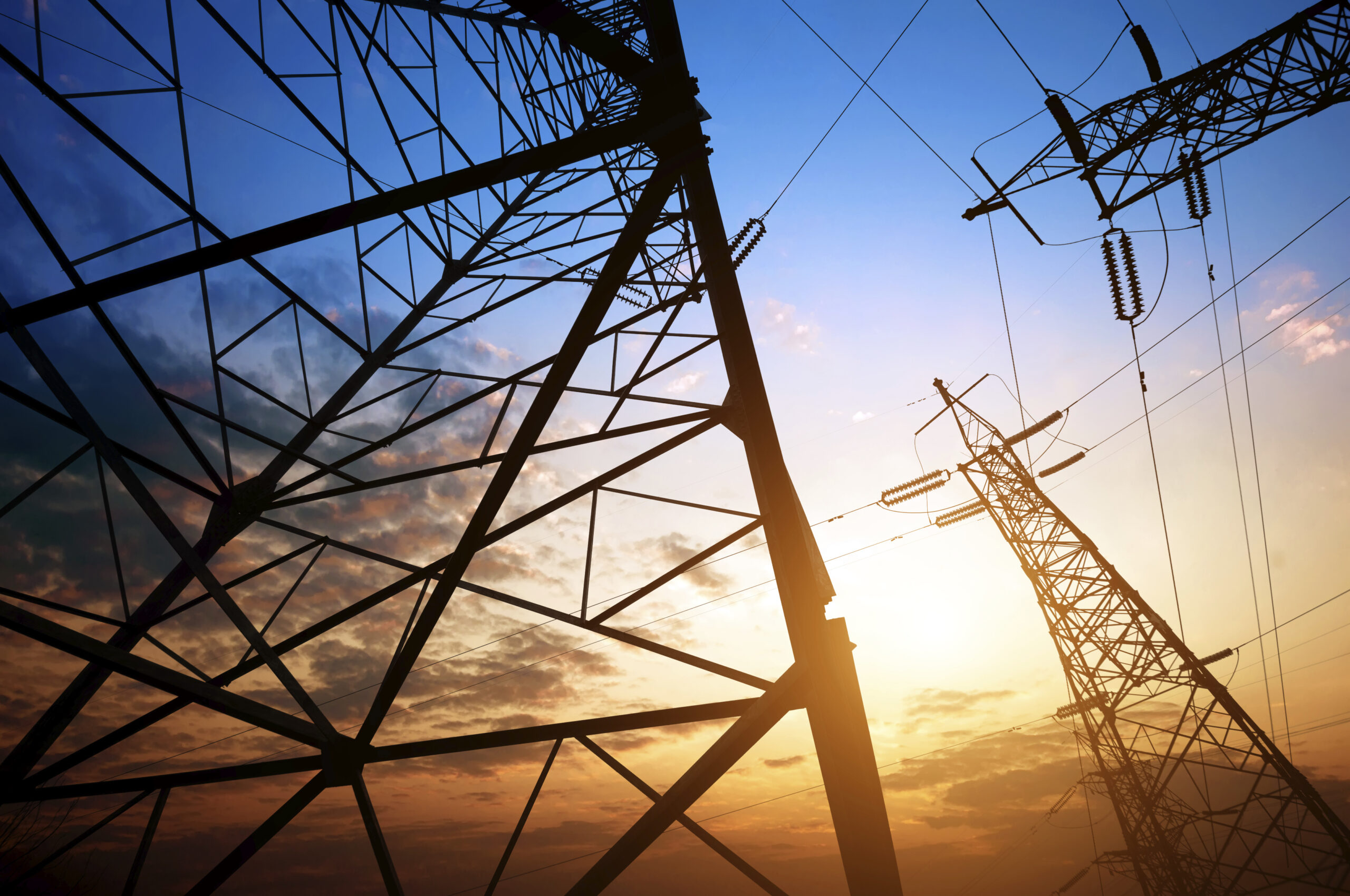
Consider, for example, one potential effect of global warming: rising ocean levels. For the past three decades, writes physicist and former Caltech provost Steven E. Koonin in his 2021 book, Unsettled, sea levels have risen by 0.12 inches per year. If sea levels continued to rise at that rate, then, by the year 2100, they would be about ten inches higher than now. That is not a large problem, and we have a lot of time to adjust.
Moreover, even in the Netherlands where, a thousand years ago, the vast majority of people were poor by modern standards, people had the resources to build dikes to keep the ocean out. Since then, technology has no doubt improved and, as noted above, standards of living are a huge multiple of what they were a few centuries ago. That means that it should be even easier and more affordable to build dams in, say, Miami, and other low-lying areas.
Another way to adapt is to change where we grow food. Economist David Friedman recently quoted the EPA’s statement that “Overall, climate change could make it more difficult to grow crops, raise animals, and catch fish in the same ways and same places as we have done in the past.” That, he noted, is not the end of the story because although global warming will make currently cultivated land somewhat less productive, it will make land that is closer to the poles more productive. Friedman also points out that people will adjust crops, change the amount of irrigation, and adjust in several other ways. His whole detailed analysis is worth reading, but if you don’t have time, here’s his summary statement about what’s wrong with the EPA’s approach:
These 3 paragraphs are from my article “Destructive Energy Policies,” Defining Ideas, June 8, 2023.
Later in the piece I get into the details about how destructive energy policies are in the United States and, particularly, where I live: California.
Read the whole thing, which is a little longer than my usual Defining Ideas article.

READER COMMENTS
TMC
Jun 8 2023 at 11:04am
“and former Caltech provost Steven E. Koonin in his 2021 book, Unsettled, sea levels have risen by 0.12 inches per year.”
Just as they have been for the last century, without anyone particularly noticing.
Rebes
Jun 8 2023 at 11:42am
The entire article reminds me of this:
”After all, it’s easy to see and worthwhile to observe the logical connection between these strange measures. Each was the inevitable consequence of its predecessor, and all of them stemmed from the initial decision to set the price of bread far below its real price: that is to say, rather than leave things to the natural law of supply and demand.”
Manzoni, The Betrothed (1827!)
Kevin Dick
Jun 8 2023 at 1:58pm
I really liked your article. Especially the conclusion. It appears that we actually agree on carbon taxes. It has concerned me in the past that it appeared we didn’t.
David Henderson
Jun 8 2023 at 2:13pm
Thanks, Kevin.
Re carbon taxes, I’ve always said if the best way to deal with global warming is to cut carbon dioxide, then carbon taxes are the way to go. What I doubt is that that is the best way.
Kevin Dick
Jun 8 2023 at 4:34pm
I was not clear on the purity of your conditional. But your article clarified.
David Henderson
Jun 8 2023 at 5:50pm
Thanks, Kevin.
Jose Pablo
Jun 8 2023 at 6:10pm
if the best way to deal with global warming is to cut carbon dioxide, then carbon taxes are the way to go.
Assuming this conditional, wouldn’t be a “Coasian solution” superior to carbon taxes?
By a Coasian solution I mean establishing clearly to whom the right to emit CO2 belongs + letting efficient CO2 markets develop
For instance, something along the lines of, establishing that every individual has the right to emit a diminishing amount of CO2 each year. This rights will be then send to every individual every year
Individuals can then use this rights to “buy” products and services (x CO2 rights would be required to buy a product of service that requires the emission of x t of CO2 to be produced) or sell them in CO2 markets.
Maybe the system is more complex than a Pigouvian tax since a “price in terms of CO2” has to be stablished for each product and service … but even this “CO2 pricing” has great benefits since it would be very informative for consumers and so, efficient in optimizing the CO2 emissions
And this system would also allow to provide economic incentives for geoengineering solutions, for instance “paying” these type of solutions in CO2 rights. To establish these payments the amount of warming avoided by the geoengineering solution would be made equivalent to the amount of CO2 emissions required to cause the same warming
“CO2 charities” could be developed in which donations would be used to buy CO2 rights in the market. This CO2 rights would be then destroyed, reducing the total amount of allowed emissions (actually this could even be a great way of establishing the amount of emissions in a given year, better than a diminishing amount artificially established by the regulator)
Comments are closed.